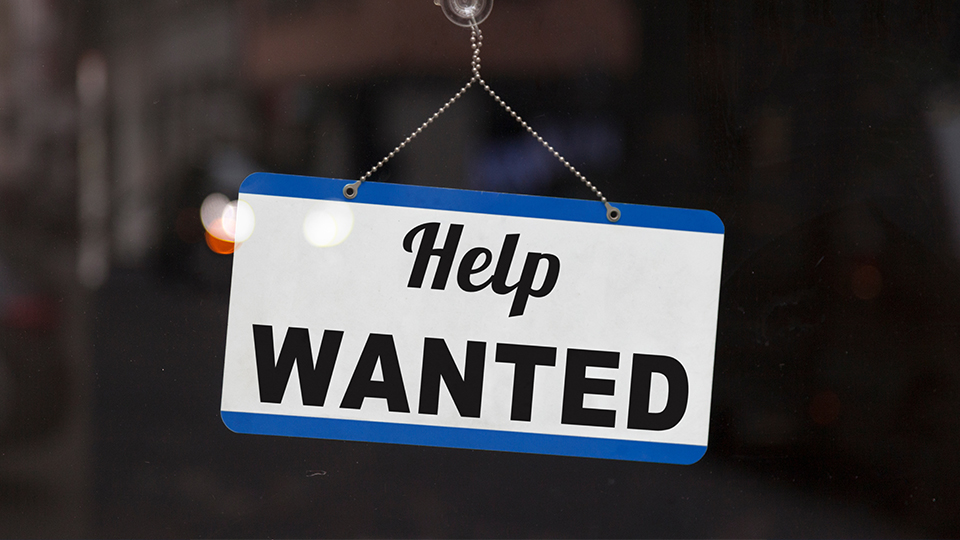US applications for jobless claims inch back down
Subscriber Benefit
As a subscriber you can listen to articles at work, in the car, or while you work out. Subscribe Now
U.S. applications for unemployment benefits fell slightly last week as companies held on to employees in an economy that has largely withstood rapidly rising interest rates, intended to cool hiring and spending, for more than a year.
The number of Americans applying for jobless benefits last fell week by 4,000, to 228,000 the week ending August 26, the Labor Department reported Thursday.
The four-week moving average of claims, which evens out some of the weekly volatility, rose by 250 to 237,500.
Jobless claim applications are seen as representative of the number of layoffs in a given week.
The Federal Reserve, in its now year-and-a-half battle against inflation, has raised interest rates 11 times to 5.4%, the highest level in 22 years.
Part of the Fed’s intent was to cool the job market and bring down wages, which many economists believe suppresses price growth. Though some measures of inflation have come down significantly — from as much as 9% down closer to 3% — since the Fed starting raising interest rates, the job market has held up better than many anticipated.
Early this month, the government reported that U.S. employers added 187,000 jobs in July, fewer than expected, but still a reflection of a healthy labor market. The unemployment rate dipped to 3.5%, close to a half-century low.
Economists believe U.S. employers added 170,000 jobs in August. The Labor Department will issue official monthly jobs numbers Friday.
On Tuesday, government data showed that job openings dropped to 8.8 million last month, the fewest since March 2021 and down from 9.2 million in June. However, the numbers remain unusually robust considering monthly job openings never topped 8 million before 2021.
Besides some layoffs in the technology sector early this year, companies have mostly been trying to retain workers.
Many businesses struggled to replenish their workforces after cutting jobs during the pandemic, and sizable amount of the ongoing hiring likely reflects efforts by firms to catch up to elevated levels of consumer demand that emerged since the pandemic recession.
While the manufacturing, warehousing, and retail industries have slowed their hiring in recent months, they aren’t yet cutting jobs in large numbers.
Overall, 1.73 million people were collecting unemployment benefits the week that ended August 19, about 28,000 more than the previous week.
